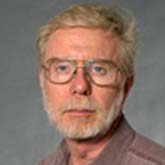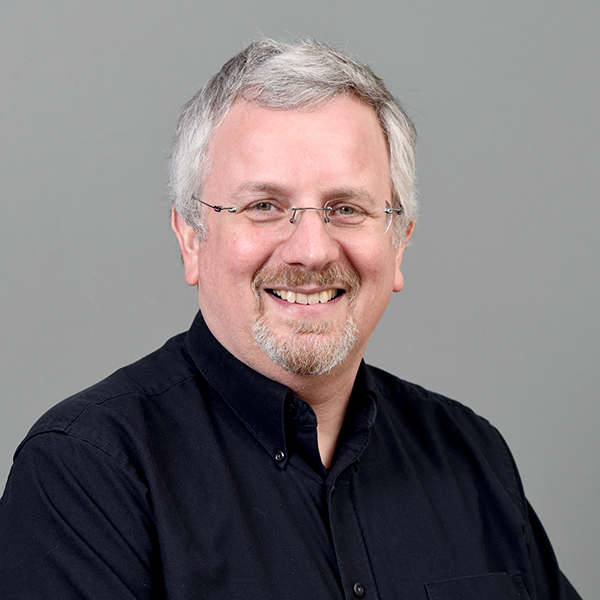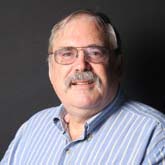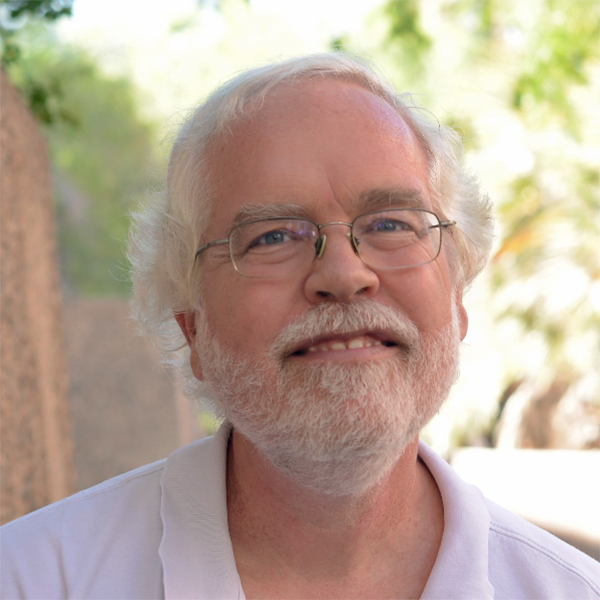Summary
With this award from the Major Research and Instrumentation (MRI) program, Peter Williams, Ariel D. Anbar, James R. Anderson, Richard L. Hervig and Willem F. Vermaas will acquire an imaging secondary ion mass spectrometer (SIMS) instrument. This novel and powerful instrument will be used to support an extended group of researchers working on diverse topics involving both soft (biological) materials and hard materials (minerals), and at the interface between the two (biosensors, antibiotic clays, nanoparticle toxicity). The projects have in common the need for chemical, and in particular isotopic, analysis at length scales below conventional SIMS instrumentation. The research will impact fundamental research and underpin applied research widely. It will yield insights in a number of areas including studies of the early stages of life on earth, and fundamental studies of metabolism in photosynthetic organisms and biosynthetic pathways for lipid formation. Studies to improve the efficiency for biofuel production in a process that recycles waste carbon dioxide from power stations will be investigated. The chemistry and origins of aerosols will be undertaken and thus contribute to the understanding of atmospheric chemistry and global warming. The study of volcanic magma may yield time-resolved information about magma conditions in the hours and days before eruption, aiding prediction of these cataclysmic events.
An Imaging Secondary Ion Mass Spectrometer probes the chemical composition of surfaces and thin films. A surface is bombarded with ions prepared in an ion source. This dislodges material from the surface which is analyzed by the mass spectrometer. The ion beam will also scan over the material giving an image of the surface. This allows researchers to correlate the chemical composition with the properties of hard materials (e.g. minerals) and soft (e.g. cells) at the nano scale level. The interdisciplinary studies that will be carried out using this instrument will have an impact in materials research, chemistry, biology, geology and atmospheric science. The undergraduate and graduate students who will use the equipment in their research projects will be trained in imaging science with state of the art instrumentation.



 Peter Williams
Peter Williams
 Ariel Anbar
Ariel Anbar
 James Anderson
James Anderson
 Richard Hervig
Richard Hervig
 Willem Vermaas
Willem Vermaas